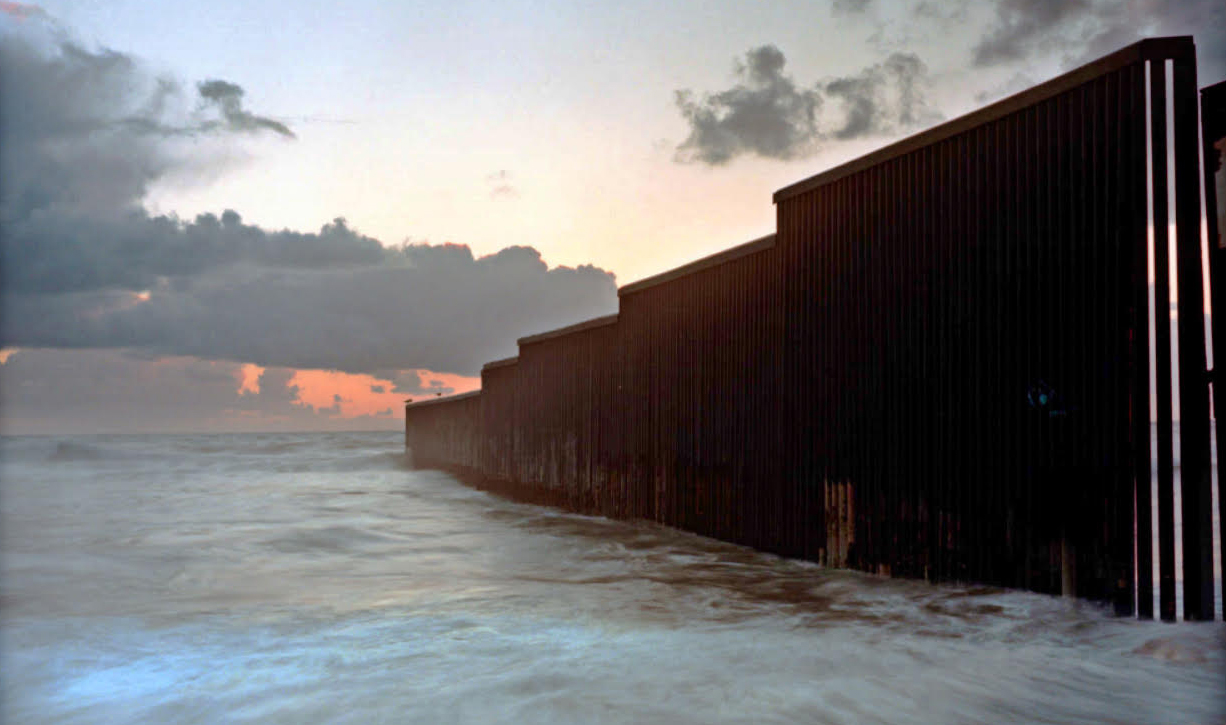
La inmigración familiar es una de las fuentes más importantes de movilidad humana hacia Europa. La Directiva 2003/86/CE ha armonizado el régimen jurídico de la reagrupación familiar de los nacionales de terceros países para garantizar la vida familiar y la integración social en cada Estado Miembro. Sin embargo, se han desarrollado medidas para controlar o "rechazar" indirectamente un perfil específico de familias no deseadas. Por lo tanto, esta propuesta hace una aproximación crítica a la protección jurídica de las familias migrantes, analizando si ciertas condiciones promueven un modelo ideal de “buena familia” como la única forma de integración efectiva en el contexto de la UE.

Derechos de autor 2019 Migraciones Internacionales

Esta obra está bajo una licencia internacional Creative Commons Atribución-NoComercial-SinDerivadas 4.0.